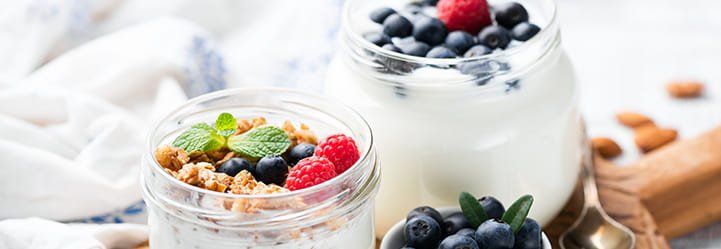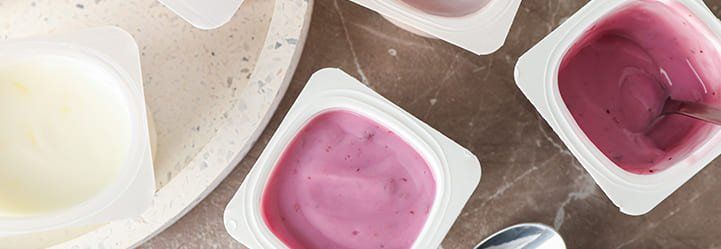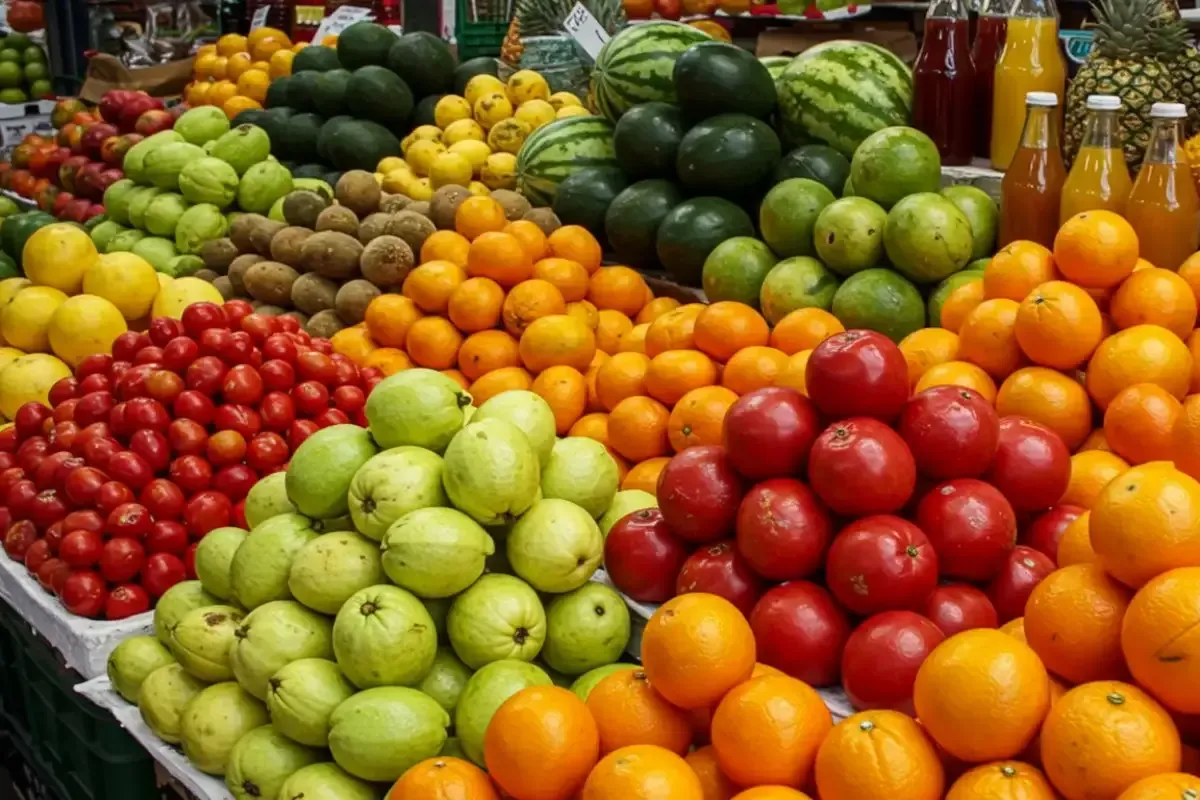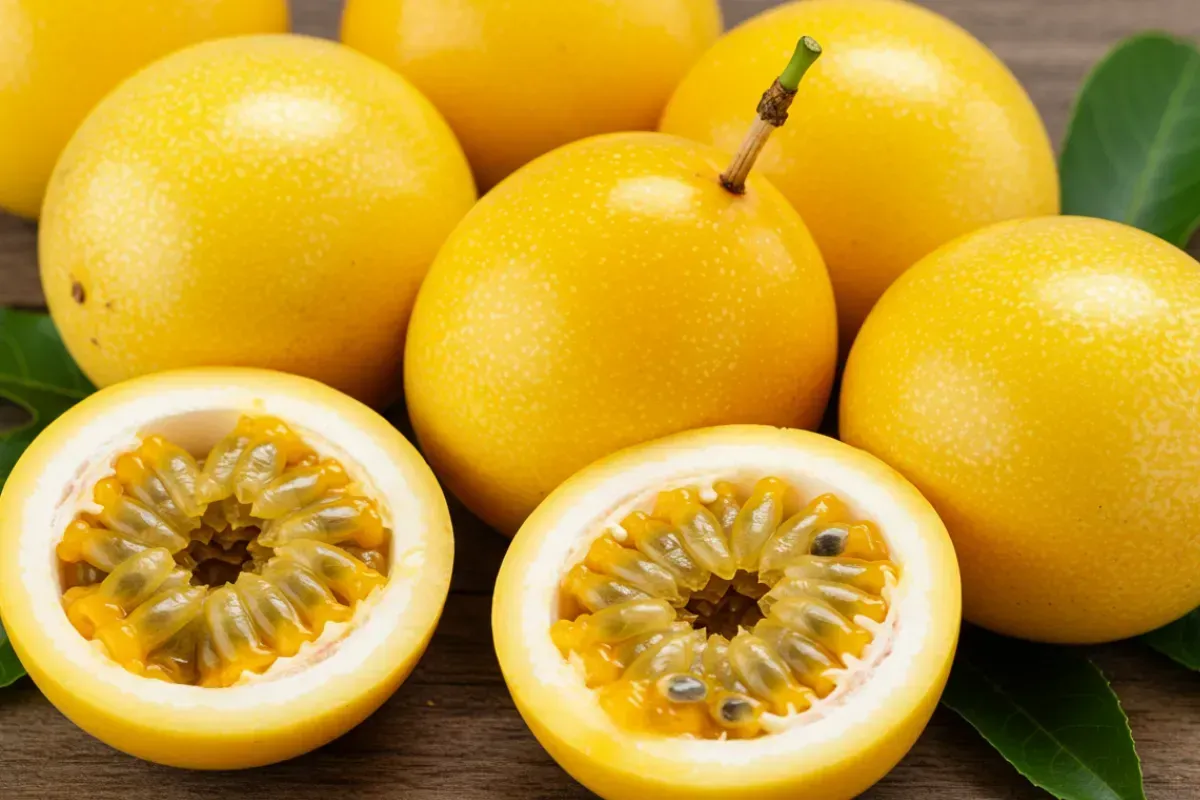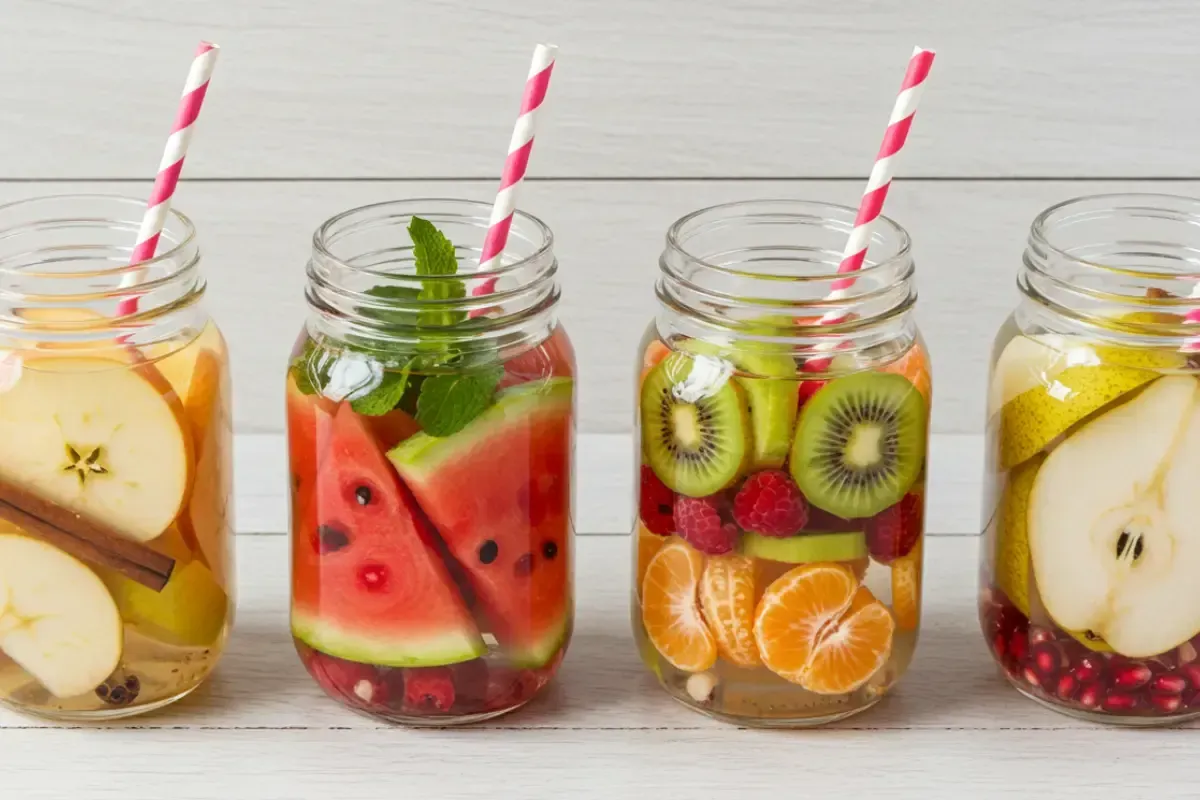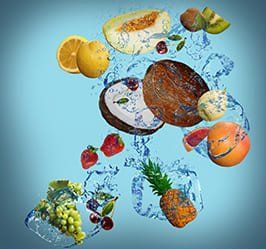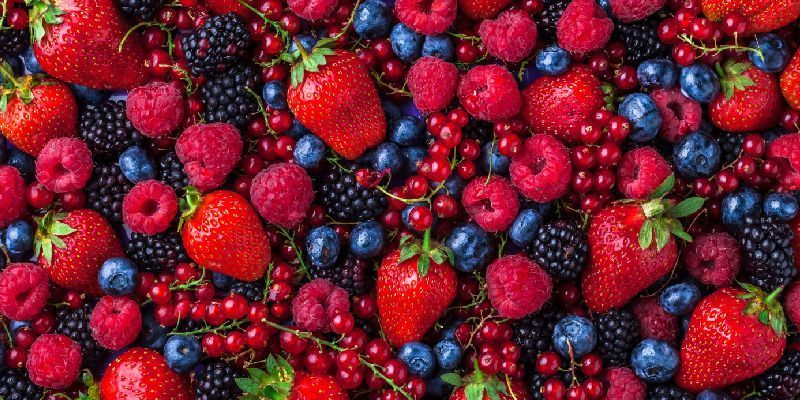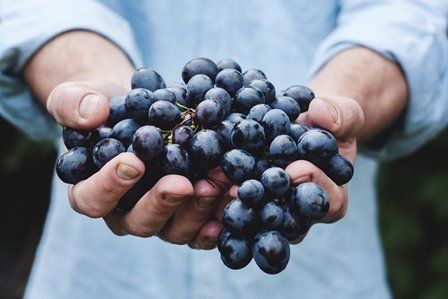Types of yogurt: a guide to production and innovation
Alimentos SAS • Sep 29, 2021
Yogurt is a popular product among consumers, as it is convenient and versatile. There are many different types of yogurt to please all tastes. We tell you all about its production and the top innovation trends in the segment.
How yogurt is made
Yogurt is created by fermenting milk with cultures. The resulting lactic acid is responsible for yogurt’s distinctive flavor (Butler, 2018).
Let’s explore yogurt’s production process (Milk Facts, n.d. Grand View Research, 2020. Moyano and Lazzaris, 2021):
Milk sourcing and pasteurizing
The production process of most types of yogurt begins with quality milk sourced from healthy animals in clean environmental conditions. Additionally, milk is pasteurized to rid it of microorganisms.
Creating the base
Pasteurized milk is split into cream and skimmed milk. This is done because different types of yogurt need different amounts of each ingredient. Producers combine them in various proportions to create the yogurt base and then add sugar if desired. They then cool the mixture down to foster cultural growth during fermentation.
Fermentation
In this stage, bacteria cultures are added to the base. A product labeled as yogurt needs to be fermented with at least two essential strains: Lactobacillus bulgaricus and Streptococcus thermophiles. Producers can use additional strains but must include these to be able to call their goods ‘yogurt’.
During fermentation, bacteria feed off the lactose in milk. They grow and make the base more acidic. This process also creates the denser texture of yogurt in comparison to milk. As the base’s pH becomes more acidic, proteins in it clump together.
The mix is cooled again to slow down the reproduction of cultures. Industrial production of different types of yogurt implements fermentation precisely to maintain an average acidity level in products.
Flavoring
Producers introduce additives or fruit as flavoring agents in yogurt before packaging. They tend to favor fruit puree as it is a high-quality, efficient ingredient.
Types of yogurt
Today, there are many different types of yogurt available: dairy, non-dairy, and in styles hailing from all over the world. These are the main ones on the market (Milk Facts, n.d. Geertsema, 2018. Jones, 2021):
Regular
It is made with whole, low fat, or fat-free milk. Full-fat yogurt tends to have more calories. However, reduced-fat yogurt generally contains more sugar to compensate for the loss of flavor from fat.
It has a distinctly creamy texture. It can be:
- Unstrained, set in the pack with a bottom layer of fruit.
- Blended with fruit before packaging (Swiss style).
Greek
Greek yogurt comes from full-fat or reduced-fat milk. It is strained to eliminate most of the liquid and whey, making it thicker than regular yogurt. It also has more protein, calories, fat, and less sugar and carbohydrates than the traditional kind.
Australian
It sits halfway between regular and Greek yogurt. It is unstrained, so it has a rich, velvety texture. Also, it is creamy because it cooks slower and longer than traditional yogurt.
Icelandic
Also known as skyr, it is a tangy, high-protein, low-fat yogurt with a thick and smooth consistency.
Non-dairy
Dairy-free yogurt is made from almond, coconut, or soy milk, so it is ideal for lactose-intolerant or vegan consumers. These plant-based products tend to be much lower in fat and sugar than dairy yogurt. However, they do not provide much calcium.
Kefir
As a fermented yogurt drink, kefir has more probiotics than other types of yogurt. It can be made by blending animal or plant-based milk with kefir grains, which carry beneficial bacteria and yeasts. This drink feels a little bubbly with a slightly tart taste. It is high in protein, calcium, and minerals.
Yogurt trends
Brands are innovating to keep up with consumers’ expectations. Firstly, they favor convenience foods like fruit drinks, baked goods, confectionery, and dairy (Grand View Research, 2020).
Moreover, one of the leading trends within the food industry is the demand for healthy options among the different types of yogurt. As a result, players are creating products like sugar-free drinks with sophisticated flavors or free of additives. They are also making goods with health benefit claims, such as antioxidant drinks or enhanced-nutrition blends with super fruits (Tetra Pak, 2020. Research and Markets, 2021).
An additional trend pushing innovation is the notion of yogurt as an alternative to desserts. Following suit, brands are creating a wide variety of flavors and textures. They are using flowers, spices, and herbs to formulate alluring products (Research and Markets, 2021).
As seen, yogurt is a versatile product capable of catering to consumers’ diverse, ever-evolving tastes.

